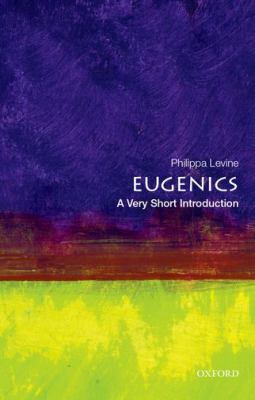
print
|
Eugenics : a very short introduction
Copies
1 Total copies, 1 Copies are in,
0 Copies are out.
Authors
Subjects
Language
English
Series
Dimensions
18 cm.







